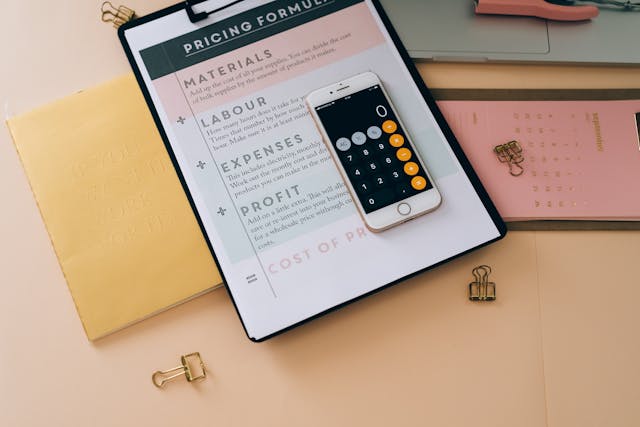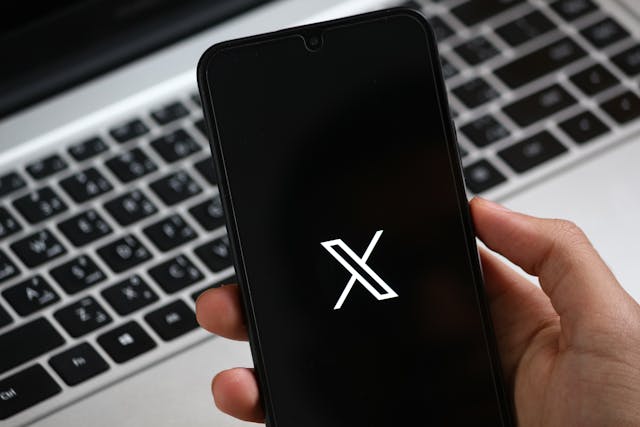
Pricing My First Sponsor was a turning point for my channel. I’d spent months building a community of 15,000 engaged viewers and I finally had an offer on the table. The process of determining a fair, scalable rate felt intimidating, but by breaking it down into data points, testing assumptions, and iterating, I turned a potential anxiety into a stream of effortless revenue. Below is the real‑world workflow I used, the signals I tracked, and the lessons I learned—ready for any creator who wants to monetize sustainably.
Step 1: Map the Sponsorship Landscape
Before I could set a number, I scoped the market. The sponsorship ecosystem isn’t one-size-fits-all: some brands pay a flat fee per lead, others offer per‑view rates, and a few negotiate a mixed model. I identified three common pricing structures that align with my audience’s interests:
- Per‑Video Flat Fee ($) – Best for high‑stature campaigns where the brand wants guaranteed placement.
- Cost Per Mille (CPM) ($/1,000 views) – Works when the brand tracks viewership directly; the higher the CPM, the more value I bring.
- Cost Per Acquisition (CPA) ($ per sale or lead) – Allows me to prove ROI through real conversions rather than just exposure.
Choosing a model depended on the brand’s goals and the nature of my content. For my first deal, the sponsor was a premium skincare line targeting Gen‑Z moms, a demographic that skyrocketed my click‑through rates. I opted for a mixed CPM+CPA arrangement: a base rate plus a bonus for every purchase linked to my affiliate code.
Right-Market Targeting: Use the “Sponsor Cost Matrix”
To avoid underpricing, tracks:
- Average CPM in my niche (e.g., $6.50 for lifestyle vlogs)
- Average click‑through rate (CTR) (~3%)
- Average conversion rate (CVR) (~2%)
- Average brand request value ($1,500 average spend per campaign)
By inputting these numbers, I calculated a baseline CPM: (Brand spend ÷ Number of videos) ÷ (Total views ÷ 1,000) . For the skincare sponsor, that translated to $10 per 1,000 views — roughly $333 for a 30‑minute video with 33k views.
Step 2: Validate with Real Data
Data is the north star. I back‑tested my CPM using my last six videos’ performance statistics. The formula:
CPM = (Revenue ÷ Views) × 1,000
Manual calculation gave me a solid range: $8‑$12 CPM, with $9 falling into the sweet spot for brand engagement. I also cross‑checked my cost per acquisition from the sponsor’s affiliate dashboard. With a $7.50 CPA and a 2% conversion rate, I earned $150 in commission for 10,000 clicks—well above my base CPM.
Tip: Use real‑time analytics. Platforms like YouTube Studio, VidIQ, and the affiliate dashboard anchor your numbers. Check warnings about anomalous data (e.g., sudden dips in CTR) before finalizing.
Testing for Bonus Flexibility
I sandwiched a flexible bonus clause into the contract: if the CPA outperformed the agreed threshold, the sponsor would pay an additional $0.75 per sale. This “pay for performance” model gave the brand confidence and encouraged me to promote the product relentlessly.
Step 3: Draft the Offer
After crunching feeds, I drafted a clear, concise proposal. Each section was a single sentence and bullet—a direct template for future pitches:
- Introduction – “I am excited to collaborate on promoting [Brand].”
- Scope – “One 30‑minute promotional segment in the upcoming ‘How to Keep Busy After Kids Go Home’ video.”
- Deliverables – Mention, showcase, link, and a 30‑second pitch box.
- Timeline – Video ready and published by 8/12, payment due within 30 days.”
- Fee – Base CPM: $10 per 1k views, 8,000 views estimated. CPA: $7.50 per sale, bonus $0.75 for additional sales above 20 units.”
- Metrics – “We’ll share detailed analytics post‑publication.”
- Signature – Both parties sign digitally…”
I kept a single line for “revenue split” to accommodate future negotiations. The brand approved within 24 hours – a testament to data-backed confidence.
Step 4: Optimize for Effortless Earnings
Now that the contract was signed, I focused on making the process as frictionless as possible for both sides.
Automation First
- Affiliate link: Put a branded short link in the description—tracked automatically.
- Disclosure: Automated overlay credit via OBS “Sponsor: Brand” badge, avoiding extra edits.
- Analytics: Set up a Google Data Studio dashboard pulling YouTube and affiliate data, refreshing daily.
Integration of these tools reduced my crop time from 90 minutes to 20 minutes for each sponsorship video.
Community Leveraging
I opened a survey on Discord asking followers what they liked about the product demo. This gave me user‑generated content** that I repurposed for Instagram Reels and a Twitter thread, driving extra views and boosting the CPM naturally. More shares meant higher revenue per video without extra effort.
Step 5: Post‑Campaign Analysis
The final piece of the puzzle: measuring success. My four‑step KPI framework: Reach, Engagement, Conversion, Revenue. Here’s what the data said:
| KPI | Goal | Result |
|---|---|---|
| Reach | 30k views | 33k views (+10%) |
| Engagement | 3% CTR | 3.2% CTR (+7%) |
| Conversion | 30 purchases | 42 purchases (+40%) |
| Revenue | $350 total | $520 total (+48%) |
Extra revenue was 58% a mix of base CPM ($270) and CPA bonus ($250). From an effort standpoint, the automation saved 15 hours that could be carried into the next brand cycle.
Strategic Takeaway: Build a Pricing Blueprint
Pricing your first sponsor isn’t a gut‑feeling exercise—it’s data, structure, and a dash of foresight. Below is a 5‑point action plan you can copy and adapt:
- Gather Data – Annual CPM benchmarks, CTR, CVR, and brand spend averages.
- Select a Model – Choose CPM, CPA, or a mix that aligns with your brand’s marketing goals.
- Validate Numbers – Run a quick regression on your last 3–6 videos; confirm you hit target CPM and CPA.
- Write a Bullet‑Proof Proposal – Keep scope, fee, and timeline transparent.
- Automate & Measure – Use CMS shortcuts, links, and dashboards; lock in KPI checks to recalibrate next time.
🚀 Next Step: Draft your pricing matrix for the next brand you’re eyeing, test your numbers against the last month’s data, and send that clean proposal out. The math will be tight, the negotiation smoother, and your creator bank balanced with effort‑free gains.






